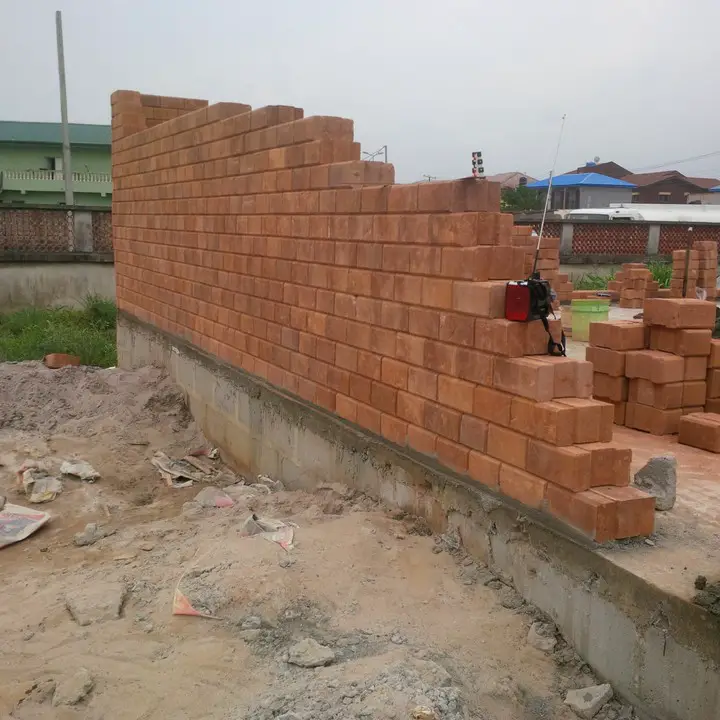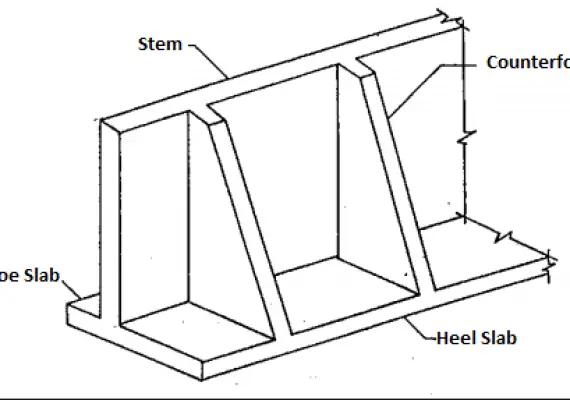Load Bearing Structure | Load Distribution | Advantages of Load Bearing Structure
Load Bearing Structure | Load Distribution | Advantages of Load Bearing Structure
Load Bearing Structure
Load bearing structure basically means that the wall supports the load as there there is no beam and columns to support the load. The walls should be strong enough for the purpose of load support. Load-bearing walls are one of the traditional types of construction and typically the thickness of these walls is 9 inches or more.
Load Distribution
The term load distribution is basically the spreading out of a structure load over a larger area. The Load distribution is a vital consideration in the design of a structural elements. The design of foundation ,footings, walls, beams, slabs and pile caps are all designed to distribute a load.
Load bearing structure Load distribution >> slabs to walls, walls to foundation.
Load distribution in Framed structure is slabs to beams, beams to columns, columns to foundation.
Advantages of Load Bearing Structure
There are the following advantages of load-bearing structure such as;
- Load-bearing structures provide substantial fire resistance.
- The building procedure is simple and the materials needed are economical.
- The load-bearing structure provides high strength and durability to the structure.
- These structures do not require time-consuming preparation.
- Masonry wall buildings are more esthetically appealing. The walling materials used are available in different textures, colors, and providing numerous choices.
- Load-bearing masonry does not need a time-consuming preparation to be implemented.
Disadvantages of Load Bearing Structure
The following are disadvantages of load-bearing structure such;
- This structure is suitable for only up to 3 storey Buildings.
- Once constructed, it is not possible to change the position of walls.
- A load-bearing structure has low resistance to earthquakes or tremors. In particular, non-reinforced walls cannot withdraw the high shear and tensile stresses and experience a brittle failure that can prove to be catastrophic.
- Load bearing structure requires more working hours to be implemented and slower than other construction methods like frame structure.
- In the load-bearing structure, the load weight of the masonry walls is relatively high.
- A load-bearing structure does not provide adequate thermal insulation.



